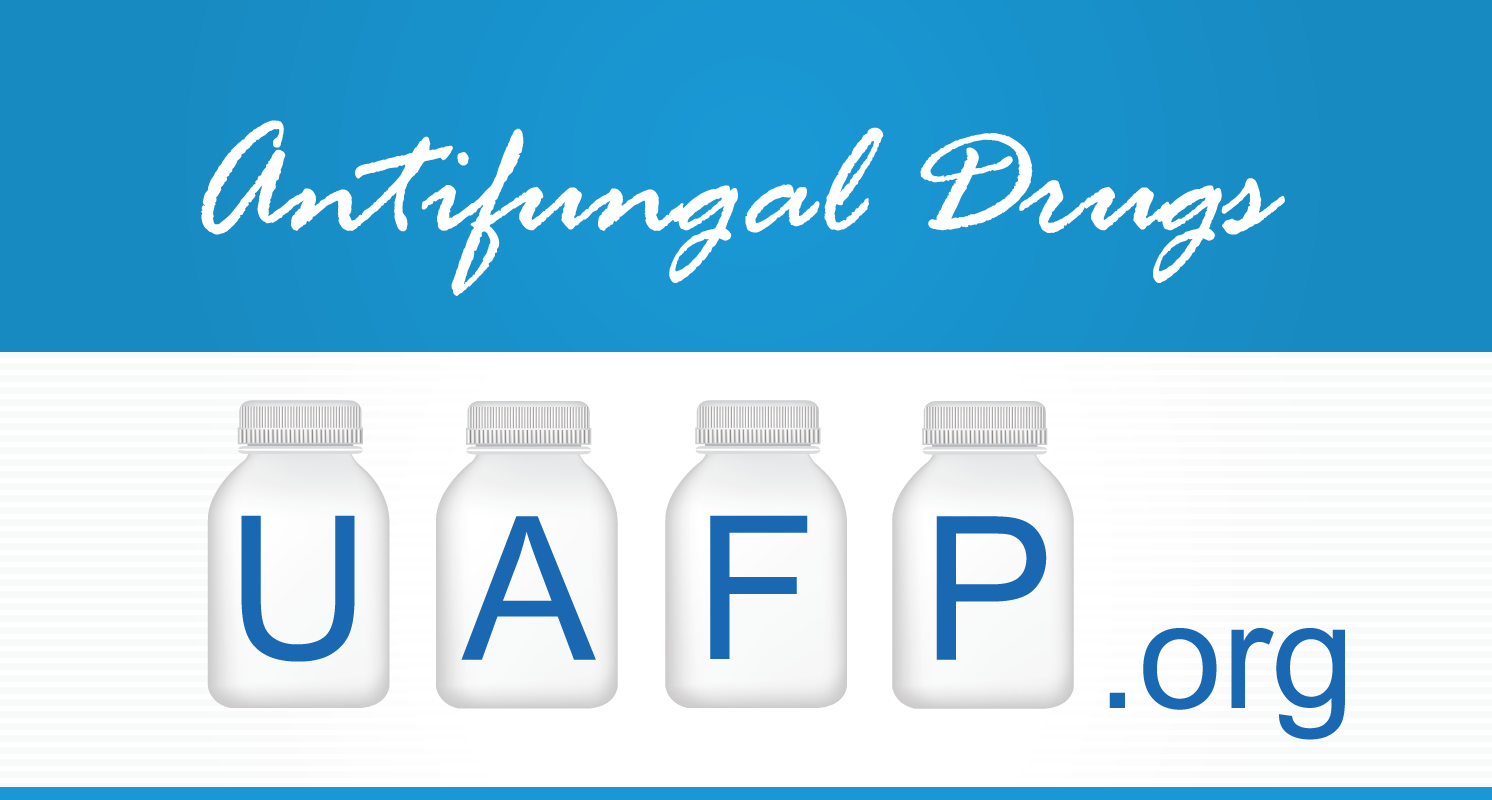Antifungal Drugs
Povidone-iodine
Betadine cream (the active ingredient is Povidone-iodine) has been used as an important first line of defense against topical infection.
Ketoconazole
Nizoral is an azole antifungal. It is indicated for treating systemic fungal infections or for other conditions determined by your physician.
Treatment of Fungal Infections
If you suffer from a yeast infection or athlete’s foot, then a fungus can prove to be the culprit. Fungus is an archaic organism. Mold, Mushrooms and mildew are few examples. The normal existence of fungi can be found in air, on plants, in water and in soil. Some even reside in the human body. Nearly 50% of all kinds of fungi are dangerous.

Few fungi carry out reproduction through small spores in the air. The spores can either land on you or you may even inhale them. As a consequence of which, fungal infections occur on the skin or in the lungs. Generally, if you have a weak immune system or consume antibiotics, then you are more vulnerable to suffer from a fungal infection.
Usually fungal infections are seen on the skin because they live on keratin which is a protein responsible for the growth of nails, hair and skin. It could be a bit difficult to kill fungi. For nail and skin infections, medicine can be applied to the infection area on the skin directly. Many oral antifungal medications are also available for severe infections.
How to diagnose Fungal infections?
Your general physician will ask you about your signs and diagnose you. He/she will have a glance at the location and appearance of your rash.
How to treat fungal skin infections
As majority of the skin infections are seen on the skin surface, usually you can make use of the topical antifungal medicines directly onto the surface of the infected skin.
There are a plethora of treatments which are present in the form of lotions, medicated powders and creams. Few treatments are accessible over-the-counter from chemists. For an instance, there are many sprays which are prescribed for the treatment of athlete’s foot and for scalp infection antifungal shampoos can be used. Consult your pharmacist for any more suggestions.
But, if the infection is present on a large surface of the skin, or affects your scalp or nail, your general physician may recommend you a prescription for a heavier dose of medicine, which is mostly in the form of tablet.
Usually these treatments are efficient enough. Occasionally side effects can be caused which may consist of topical treatments for skin irritation or oral medications for an upset stomach. It is not unusual if you see the infection recur, even if it seems like it has been cured. Usually, you will be recommended to keep consuming the topical methods of treatment for 2 weeks after the disappearance of the symptoms. Some treatment might be needed to take for some weeks, or nearly 18 months such as in the case of toenail infections.
If you are purchasing an over-the-counter medicine for the treatment of fungal infection, you need to assure that you have one. Sometimes, you may observe a new rash which might look like a fungal infection which was diagnosed previously. But if you even have the slightest doubt regarding your diagnosis, or if the over-the-counter medications do not show their impact, then consult your general physician.






